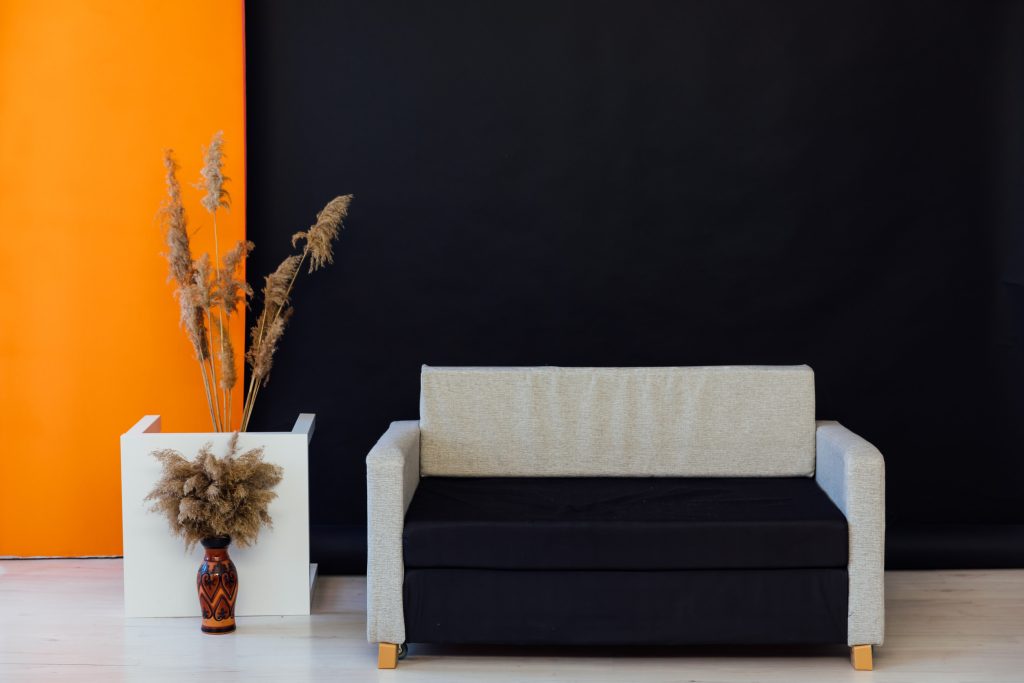
Selling your old couch or dining set online seems easy, but inviting strangers to interact with you, whether online or in person, carries risks. From financial scams to personal safety threats, the process can quickly become dangerous if you’re not prepared. Understanding how to protect yourself is crucial for a smooth and secure transaction. Following a few key steps for selling furniture safely can make all the difference, ensuring your unwanted items find a new home without compromising your well-being.
Here are eight essential things you must do before finalizing that sale.
Vet Potential Buyers Carefully
Before you even schedule a meetup, take a moment to look into the potential buyer. Check their profile on the marketplace platform. Does it look new or incomplete? Are there any reviews from other sellers? Be wary of buyers who use vague language, refuse to communicate on the platform, or push you to close the deal with an unusual sense of urgency. These can be red flags for a scammer looking to take advantage of your trust.
Choose a Public and Safe Meeting Spot
If possible, avoid having buyers come directly to your home. The best option is to meet in a well-lit, public place, like the parking lot of a police station or a busy supermarket. Many local police departments now offer designated “safe exchange zones” for this very purpose. If the furniture is too large to move, and the buyer must come to your home, move the item to your garage or front porch to prevent them from having to enter your living space.
Never Share Unnecessary Personal Information
A buyer does not need to know your home address if you meet publicly, your work schedule, or any other sensitive details. Keep all communication strictly related to the item being sold. Scammers can piece together personal information to target you later. Use the messaging system within the app or platform you are using, as this creates a record of the conversation without revealing your personal phone number or email address.
Bring a Friend Along for the Exchange
Never meet a buyer alone, especially if they are coming to your home. Having a friend or family member with you provides an extra layer of security and a witness to the transaction. If you must be alone, at least inform someone of your plans, including the buyer’s name, the meeting time, and the location. A simple text to a friend can be a powerful safety measure.
Inspect and Clean Your Items Thoroughly
Before listing your furniture, inspect it for any personal items left behind. Check drawers, pockets, and underneath cushions. You don’t want to accidentally give away old credit cards, receipts with personal data, or sentimental items. Additionally, give the piece a thorough cleaning. This not only makes it more appealing to buyers but also ensures you’re not handing over something with hidden dirt or pests.
Accept Secure Payments Only
Cash is often the safest way to receive payment, as it eliminates the risk of bounced checks or fraudulent digital transfers. If you must use a peer-to-peer payment app, only accept funds from trusted services like Zelle or Venmo. Never accept personal checks, certified checks, or money orders, as these are easily forged. Wait until the payment has cleared and is in your account before you let the buyer take the item.
Establish Clear Terms of Sale Upfront
To avoid disputes, be clear about your terms from the beginning. In your listing, state that the price is firm (or if you’re open to offers), that the sale is final, and that the buyer is responsible for pickup and transportation. This prevents last-minute haggling or misunderstandings about who is responsible for moving a heavy item. Putting everything in writing protects both you and the buyer.
Trust Your Gut Instincts
Ultimately, your intuition is one of your best safety tools. If a buyer makes you feel uncomfortable or a situation seems off, do not proceed with the sale. It’s better to miss out on a potential sale than to put yourself in a dangerous situation. There will always be another buyer, but your safety is irreplaceable. Don’t ignore your gut feelings—they are often right.
Fortify Your Personal Security During a Sale
Being proactive is the key to selling furniture safely. By vetting buyers, choosing safe locations, protecting your data, and handling payments securely, you transform a potentially risky transaction into a simple and successful exchange. These small steps empower you to declutter your home without inviting unnecessary danger into your life.
What’s the most important safety rule you follow when selling items online? Share your tips in the comments below!
Read more:
7 Safety Tips You’ll Only Understand After Someone Tries to Break In
5 Dangerous “Safety Tips” Women Still Believe That Don’t Work
The post 8 Things You Must Do Before Selling Furniture to Protect Your Safety appeared first on Budget and the Bees.







